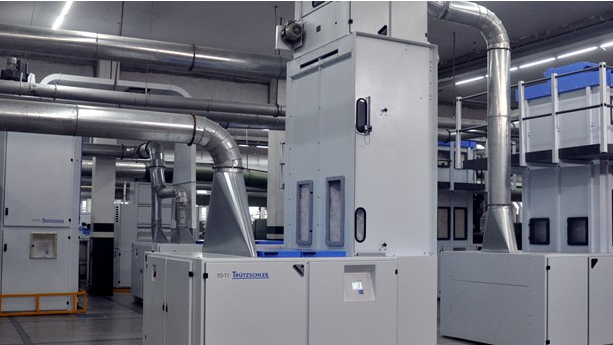Cotton logistics has improvement potential: ICAC session
November 11, 2014 (Greece)
“The one biggest area within the cotton industry which holds the potential for improvement and efficiency is logistics,” said three speakers at the ICAC Plenary Meeting held in Greece.
That was the takeaway message delivered by the three speakers during a session titled ‘The Importance of Logistics: Enhancing Efficiency’.
“Costs of logistics can have a tremendous impact on all stakeholders, from producer through the buyer of end products,” the speakers opined.
“Global prices are largely determined by supply and demand, but costs associated with bringing products to market can vary wildly depending on the country,” said Fritz Grobien of Plexus Inc.
He added, “Brazilian soy farmers, for example, pay 25% of the value of their production just to get it to the port for shipment, while their American counterparts in Iowa only spend about 9%.
“Even when the products being transported are identical in every way, those added costs in some countries are sufficient to represent the difference between earning a profit and taking a loss.”
Effie Voudouris of Vamvaki Ltd., explained that logistics are so important to overall profitability that the Greek cotton industry has added its geographical advantages into branding and promotion of its fiber.
“Because the country’s cotton fields are very close to the ports, its ability to get fiber from the field to the buyer led to the development of one of Greece’s primary marketing messages, ‘Good quality, fast delivery’,” he added.
Ironically, one of the areas that holds the greatest potential for improvement in cotton logistics has nothing whatsoever to do with physical transportation.
According to Peter Wakefield of Wakefield Inspection Services, “Regardless of a country’s geographical advantages or disadvantages, every stakeholder suffers from the lack of standardized, instrument-based quality testing.”
“The process of unstacking, sampling, and testing the quality of bales of cotton part way through the logistical journey – then re-stacking or re-packing everything back into the container before delivering it to the buyer’s facility – costs time and money that no stakeholder in the value chain can afford to waste,“ he said. (AR)

Leave a Reply
You must be logged in to post a comment.